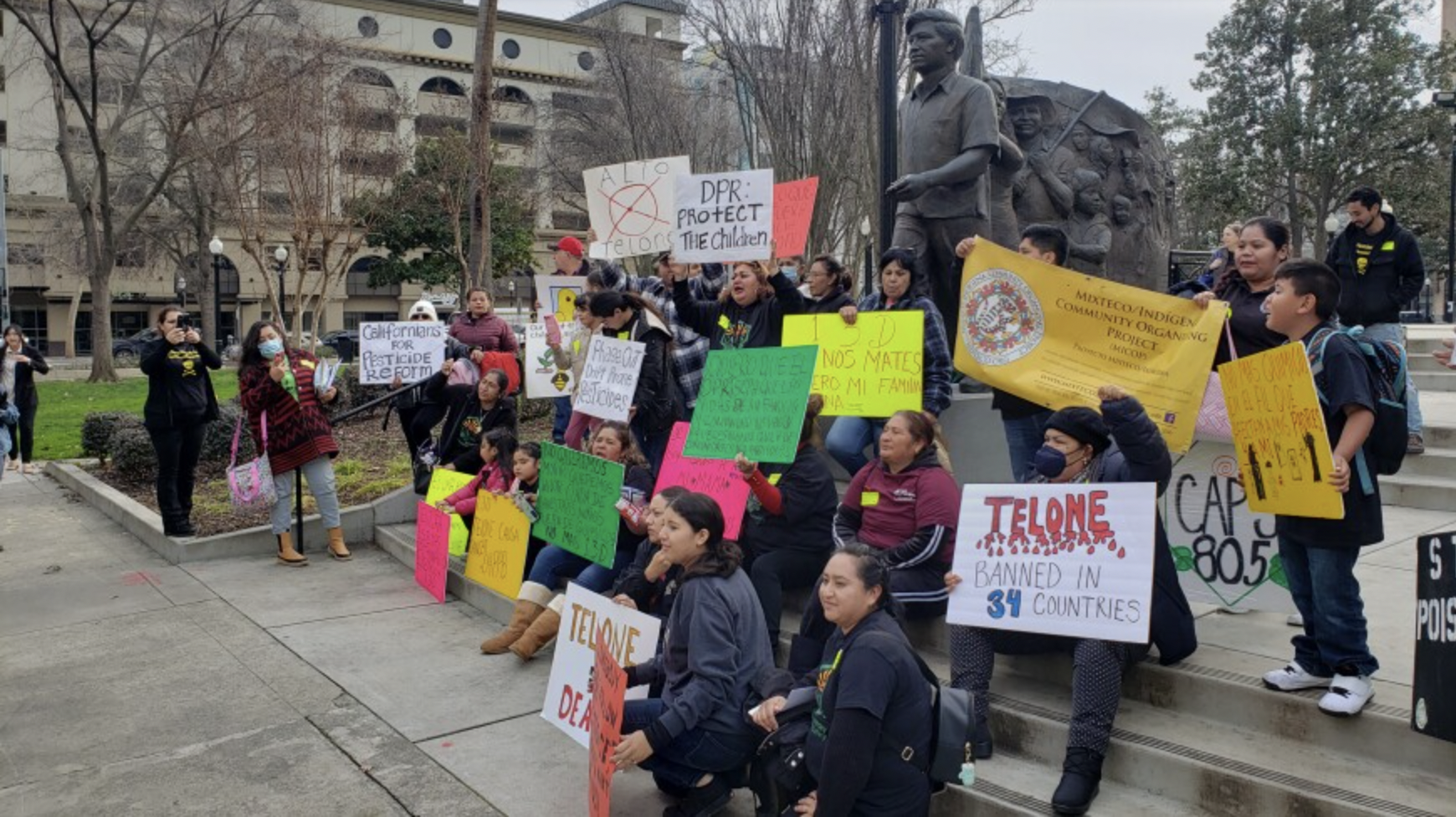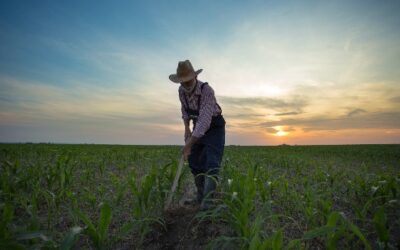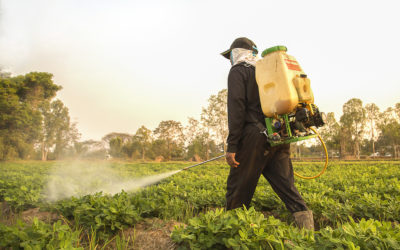By Erika Alfaro
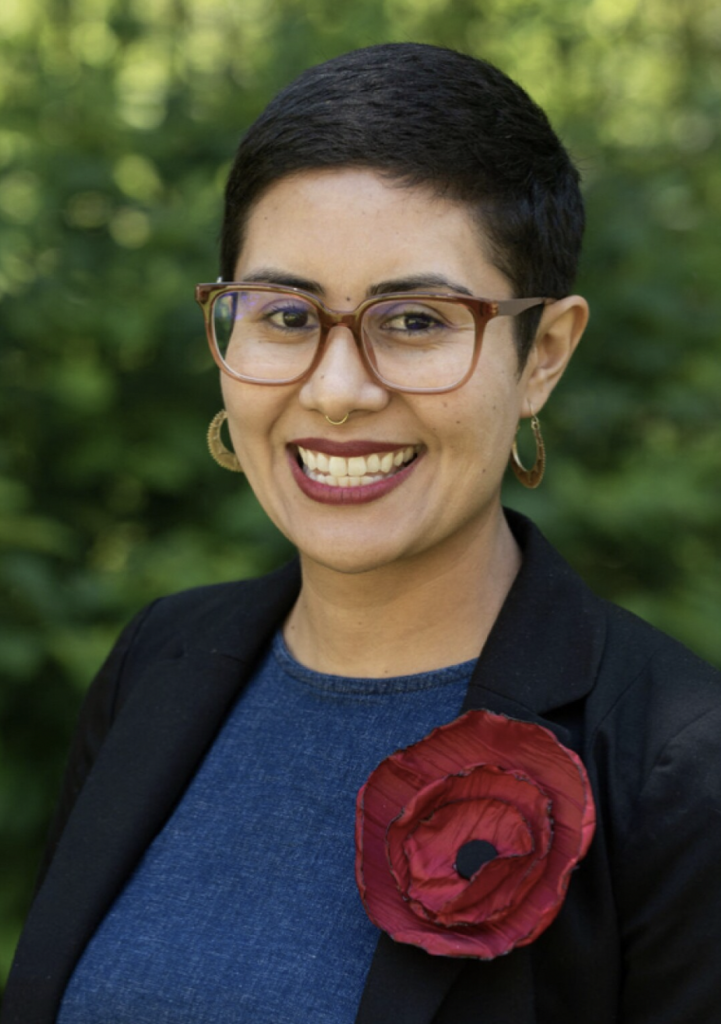
Erika Alfaro, a Santa Cruz resident and pediatric nurse case manager, was one of dozens from across California who implored regulators to limit the use of 1,3-dichloropropene on crops during a recent hearing in Sacramento. The regulatory board has proposed “allowing 14 times more cancer-causing 1,3-D in the air that farmworker communities breathe” than the state’s office of environmental health says is safe, she says.
“If this pesticide were applied in Los Gatos or Saratoga, where affluent communities reside, would this even be an issue?”.
On the morning of Jan. 18, I watched van after van unload farmworkers, their children and allies from Ventura, Kern, Tulare, Fresno and Stanislaus counties — as well as friends from the Monterey Bay area and Santa Cruz — in front of the 25-story California Environmental Protection Agency building in downtown Sacramento.
More than 100 of us had driven hours — some up to eight — for one purpose: to serve as witnesses and offer personal stories and testimony to the state’s Department of Pesticide Regulation about the harm of the fumigant pesticide known as 1,3-dichloropropene (1,3-D).
The California Department of Pesticide Regulation (DPR) is currently updating the rules surrounding the use of 1,3-D on agricultural sites. DPR is in rulemaking for 1,3-D because it was ordered by a court to do so after it was found to have illegally allowed the manufacturer Dow to make its own rules. The public hearing was required as part of the process.
We all came to speak against 1,3-D — sold under the brand name Telone — which is a cancer-causing fumigant and toxic air contaminant. It is banned in 34 countries, yet is still widely used in our community. In fact, it is the second-most-used pesticide in Santa Cruz County and the third-most-used pesticide in the Monterey Bay region by pounds.
I am a pediatric nurse case manager, and the faces pouring out of the vans from across the state look a lot like the clients I serve daily.
With one difference: their energy. They were charged. They were fed up with the secrecy that surrounds so many decisions about pesticide use, and they were determined to be heard this time about the impacts 1,3-D has on them, their children and community.
In Santa Cruz County, agricultural giants dumped 239,250 pounds of 1,3-D in 2021, mostly on berries in the Pajaro Valley. It’s also used on almonds and grapes across the region.
Appalled by this, I drove over three hours to testify. I felt compelled. I have lived in Santa Cruz County for two years, and I volunteer with Safe Ag Safe Schools, which advocates for protections for schools (there are 10 in Watsonville) whose students, teachers, and staff are regularly exposed to pesticides from nearby crops.
I am outraged by the tremendous health disparities I see in our community.
I have friends and family members who have worked and continue to work in fields. Clients/patients of mine who are going through chemotherapy for cancer they attribute to pesticide exposure and who were born to parents who have worked in fields and also had health issues.
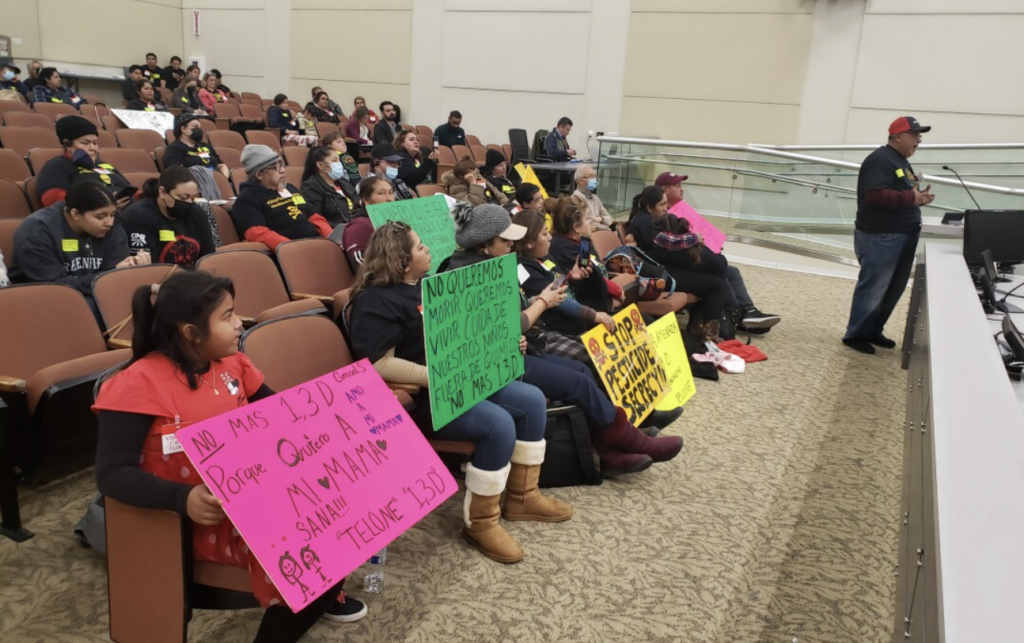
(Via Erika Alfaro)
At the hearing, mothers spoke passionately of their decades of work in the fields and accompanying health issues, which they attribute to pesticides. Nurses and case managers (like me) spoke on behalf of their clients. Teachers spoke for their students. Children held signs saying, “I love my mama. Keep her healthy,” and, “1,3-D, it kills.”
We all came to the hearing because DPR’s proposal uses a cancer risk level that is 14 times higher than the level set in June by the Office of Environmental Health Hazard Assessment (OEHHA), which, like DPR, is a branch of the state’s Environmental Protection Agency. DPR instead chose the cancer risk level that was recommended by the manufacturer, Dow. That’s why speaker after speaker pushed the department to reconsider.
To be clear, DPR has proposed allowing 14 times more cancer-causing 1,3-D in the air farmworker communities breathe than OEHHA says is safe.
Here’s what I mean. In June, OEHHA set a level that equates to 0.04 parts per billion — far more stringent than its earlier recommendation of 0.1 ppb. In November, DPR published a draft regulation listing its preferred level of 0.56 ppb (14 times higher than OEHHA’s).
Some speakers asked DPR members to explain themselves — why they would even consider raising these levels when the health effects are already so clearly detrimental?
They got no response.
The DPR meeting facilitator made it clear from the beginning that staffers would “continue their practice” of not answering questions. The DPR director herself was not there.
Speaker after speaker told stories of their lives, of working in the fields, of surviving cancer; many more spoke of losing co-workers and loved ones, including children, to cancer.
Many struggled through tears. Most were angry. Many repeated the same phrase, “I am not asking, I am demanding.”
I kept wondering if this pesticide were applied in Los Gatos or Saratoga, where affluent communities reside, would this even be an issue? Would rich and predominantly white communities be OK with having drifts of 1,3-D?
The answer is a hard no.
I was upset and heartbroken listening to the stories and testimonies before me — many of their faces resembled my family, my clients and my friends. When it was my turn to speak, I didn’t even follow what I had written down. I barely even remember what I said, other than that I meant it. I remember making eye contact with some of the DPR staff members to the point where I could see their discomfort.
Discomfort is not enough.
We cannot have two different sets of sciences: one for most Californians and a weaker one for farmworker communities. That’s what we call environmental racism, and that’s got to change.
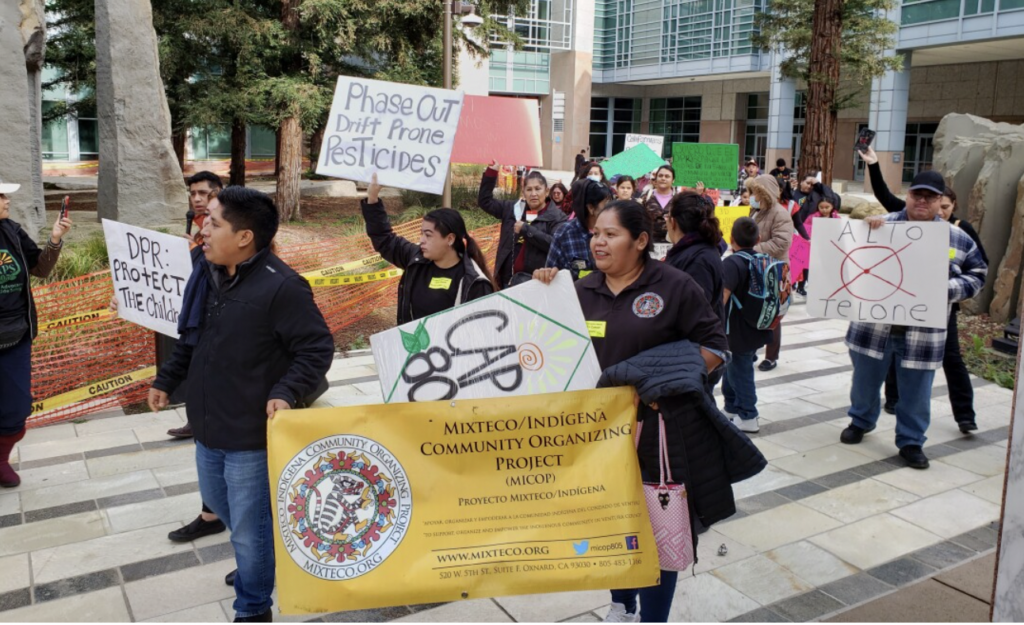
(Via Erika Alfaro)
As the hearing approached its third hour, the United Farm Workers’ representative from the Monterey Bay region, Olga Reyna Garcia, adjusted the microphone and read portions of Cesar Chavez’s 1988 speech, given after his 36-day fast in protest of pesticide harms.
“What is the worth of a man or a woman? What is the worth of a farmworker? How do you measure the value of a life? … In the old days, miners would carry birds with them to warn against poison gas. Hopefully, the birds would die before the miners.”
Farmworkers continue to be society’s canaries.
Farmworkers — and their children — demonstrate the effects of pesticide poisoning before anyone else.
At the end of her speech, Reyna Garcia roared, “We are not worth 14 times less than other Californians, and we refuse to be your canaries!”
Her testimony was but a reminder that farmworkers have been exposed to toxic chemicals for decades.
Readers might wonder what the pro-1,3-D speakers had to say. There weren’t many of them. I counted four (three in the room and one on Zoom) out of more than 100 participants.
Among them was Chris Reardon, a former deputy director of DPR and executive vice president of Pest Control Operators of California, now director of government relations for the California Farm Bureau. He closed his comments by insisting it was important to remember that California has the strictest fumigant regulations “in the world.”
He didn’t acknowledge the testimony of dozens of speakers that 34 other countries have banned 1,3-D. Clearly, facts and science — and farmworker communities’ lives and voices — aren’t priorities for the Farm Bureau, even though these farmworker communities feed us and fill our grocery stores with fresh produce.
We cannot stay silent. It is time for the health and basic dignity of these essential workers to matter in our community and laws.

